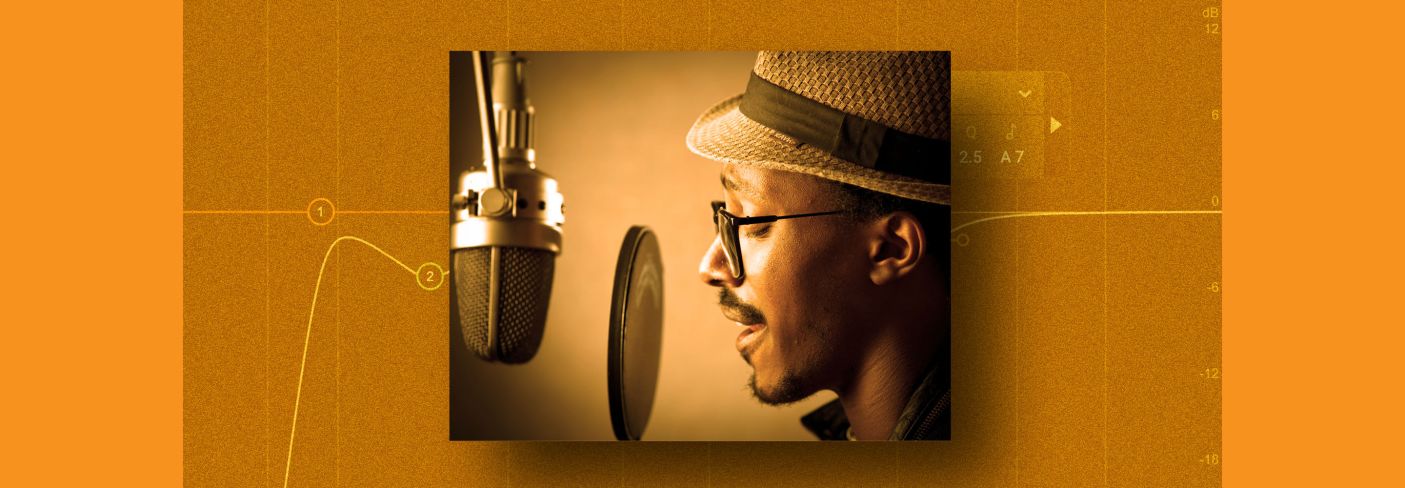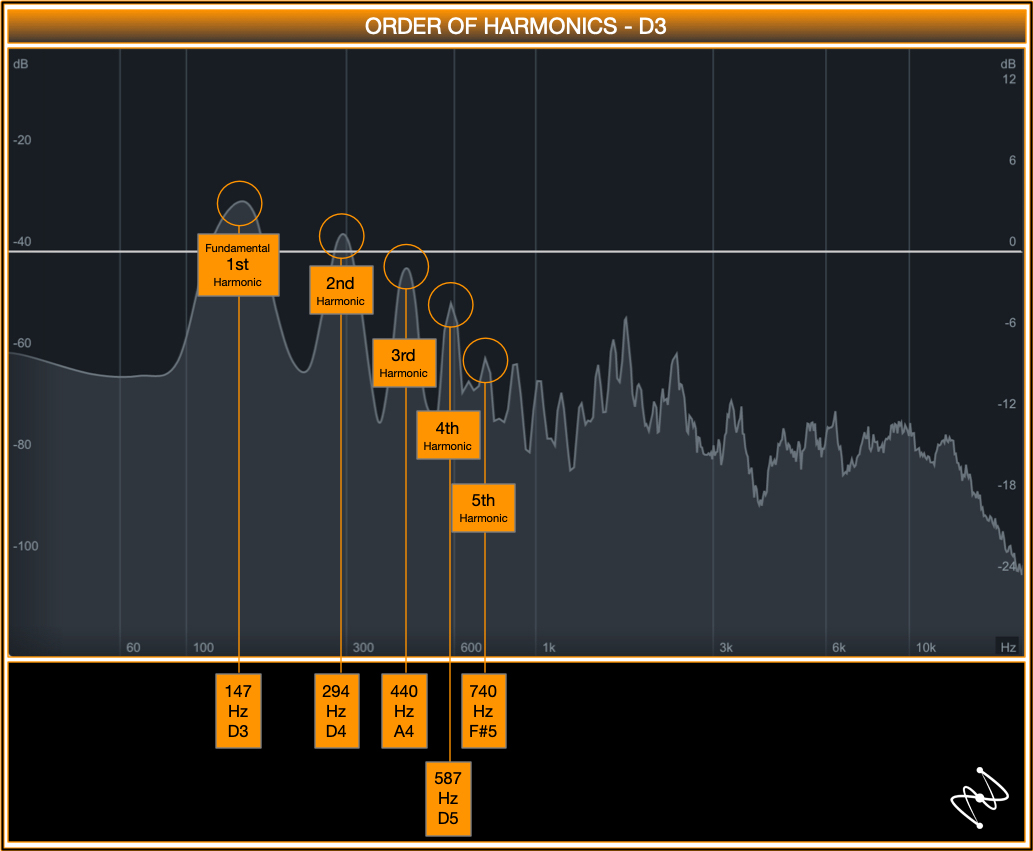
Ultimate guide: How to EQ vocals for beginners
Learn how to EQ vocals by gaining a better understanding of vocal frequencies, analyzing vocal recordings, and discovering the best EQ settings for vocals.
It is fair to say that although similar, no two of the same instruments are exactly alike. The human voice in particular is as unique from singer to singer as are snowflakes or fingerprints. For this reason, there is no one-size-fits-all solution for how to shape a vocal with EQ. However, there are some general concepts and tried and true techniques that will get you moving in the right direction and, with a bit of practice, set you on the road to success.
In this article I will highlight important considerations when assessing a vocal recording and guide you through my processes of how to EQ vocals step-by-step to get these results:
Vocal EQ
While Nectar is iZotope's powerful vocal mixing plug-in, I've opted to show you EQ moves in Neutron. (Feel free to check out Nectar's other vocal mixing features, like Vocal Assistant, Unmasking, Harmony, and more).
Follow along using a free demo of iZotope


Neutron
Common questions about vocal EQ
Why is EQ important for vocals?
EQ helps balance a vocal in the mix by enhancing clarity, reducing muddiness, and ensuring it fits well with other instruments.
What are the key frequency ranges to focus on when EQing vocals?
Key vocal frequencies include low-end rumble (below 100 Hz), muddiness (200–500 Hz), presence (3–5 kHz), and airiness (10–15 kHz).
How can I reduce muddiness in vocals?
Reduce frequencies in the 200–500 Hz range using a narrow cut to clean up muddiness without affecting vocal body.
What tools can help EQ vocals more effectively?
iZotope Nectar and Neutron offer AI-assisted vocal EQ and dynamic EQ tools that help shape vocal tone precisely.
Should I use a high-pass filter on vocals?
Yes, a high-pass filter is commonly used to cut low-end rumble below 80–100 Hz, which helps clean up the vocal signal.
Pitch and fundamental vocal frequency range
Before we dive into vocal equalization, it is important to first understand a bit about the human voice and where it lives within the audible frequency spectrum, which for humans, is 20 Hz to 20 kHz.
There are six vocal types, based on range, as defined in classical music. These fall into the categories of bass, bariton, tenor, alto, mezzo-soprano and soprano.
The following chart illustrates the fundamental frequency ranges of each of these vocal types in relation to relative note pitch.

Vocal ranges in relation to pitch and frequency
The fundamental frequency of any pitch can also be referred to as the 1st harmonic. If only this frequency were to be generated, it would sound as a pure sine wave.
However, the human voice is far more complex than this. The resulting timbre (tonal character) that we recognize as a vocal is a combination of the fundamental frequency and all of its upper frequency harmonics and overtones. Manipulating the amplitude of these upper harmonics and overtones with equalization (EQ) is what allows us to shape, or re-shape the overall tonal characteristic of a recorded vocal.
Analyze a vocal recording: key, melody, and harmonics
When assessing a vocal recording, knowing the key of the song and the note range of the sung melody can help to inform us of certain frequencies that may be more resonant, or simply more musical, within the context of a composition.
Here is a brief sample of a verse, a chorus and a refrain from a song with a male lead vocal.
If we analyze this bit of music we find the following:
The song key is D major and the tonic note is “D."
Vocal melodic range by section is like so:
Verse: D3–A4
Chorus: D3–D4
Refrain: F#3–G3
If we know that the tonic note of the song is “D,” then we know that any frequency representing any octave of the note “D” will likely be prominent in the vocal recording.
Additionally, if we look at the 3rd and 5th harmonics of the note, “D3,” which is the lowest not of the melody, we see the emergence of a perfect 5th and a major 3rd, which in the key of Dmaj, are “A” and “F#” respectively.
This tells us that any frequency that represents any octave of the notes, “A” and “F#,” may also be prominent in the vocal recording.
1st harmonic (fundamental) = D3, 147 Hz (tonic)
2nd harmonic = D4, 294 Hz (1st octave)
3rd harmonic = A4, 440 Hz (perfect 5th, plus 1 octave)
4th harmonic = D5, 587 Hz (2nd octave)
5th harmonic = F#5, 740 Hz (major 3rd, plus 2 octaves)
In short, this means that any frequency representing the tonic, the major 3rd, or the perfect 5th of the key has potential frequencies for boosting or cutting.
I am able to demonstrate this visually by using the spectrum analyzer in iZotope Neutron’s EQ module and capturing a screenshot of the note “D3,” as it is being sung.

D3 fundamental and harmonics in Neutron EQ
To find the frequency of any note in the range of 20 Hz–20 kHz, I have created a chart for quick and easy reference.

Note pitches and relative frequencies chart